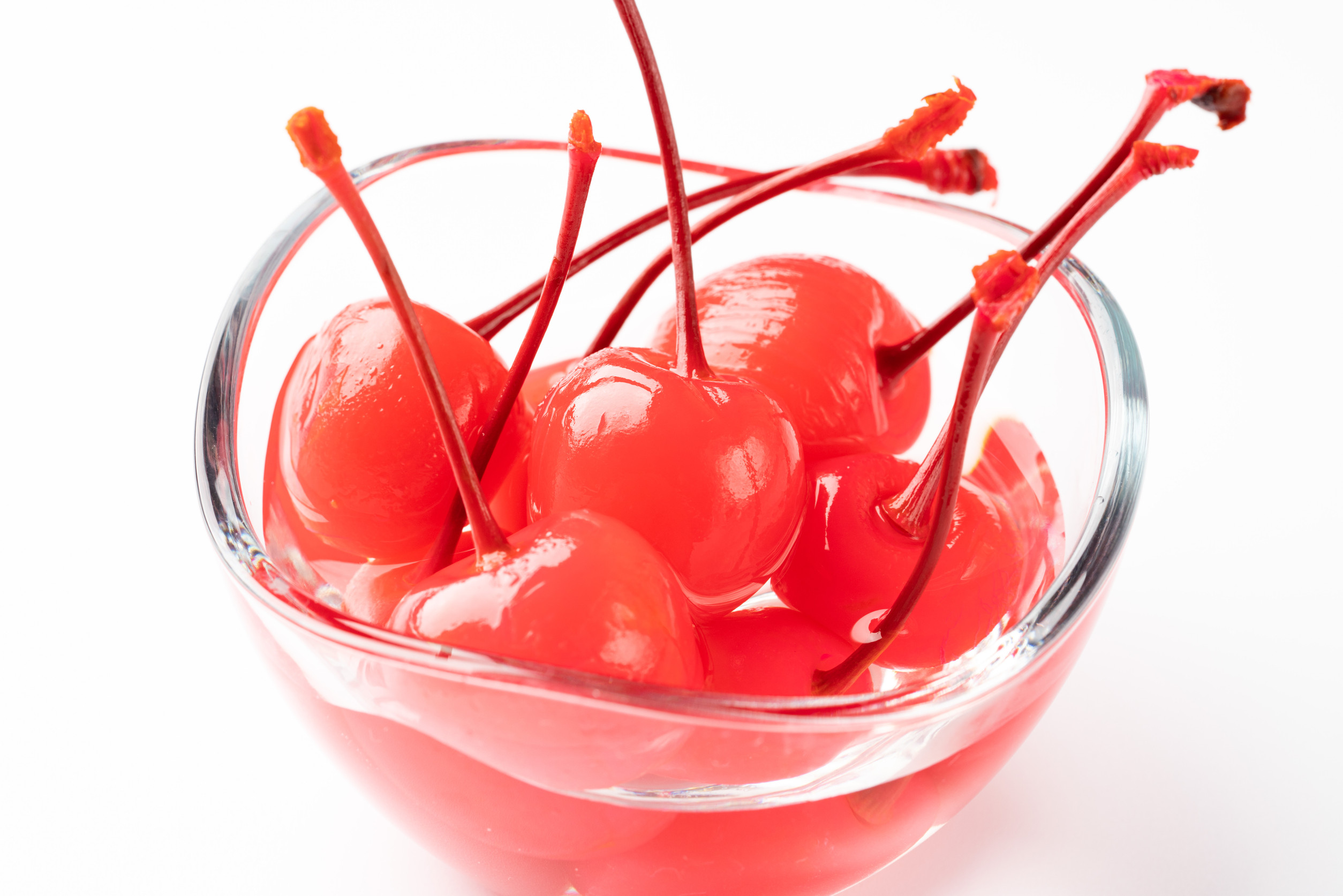When someone gets a severe injury, the injury itself might not even be what’s causing them the most harm—it could likely be the post-traumatic bleeding. In fact, uncontrolled post-traumatic bleeding is the leading cause of potentially preventable death among trauma patients, according to the National Institutes of Health (NIH).
With that in mind, Chinese researchers have been working on what they call a “biological glue,” that they hope will one day be able to prevent hearts and arteries from bleeding uncontrollably. All the current models of bleeding prevention suffer from the same problem, which is that they poorly control hemorrhaging from traumatic cardiac wounds due to “their weak adhesion to wet and mobile tissues.”
Instead of trying to recreate the band-aid, the team decided to mimic what’s known as the extracellular matrix (ECM). Most animals have an ECM, or places within their body where proteins and carbohydrates create a complex 3D mesh. The most abundant protein in the human body, collagen, is found within the ECM and is essentially the building blocks of the body’s connective tissues. Muscles, joints, and even teeth are all reliant on the ECM to keep things in place.
While the biological glue hasn’t been tested on humans yet, the hydrogel adhesive has done phenomenally well in testing on pig hearts, which share many similarities with human hearts, like two atriums and two ventricles. The scientists believe that within the next 3 to 5 years, this biological glue could very well become a crucial tool for emergency medical workers.












